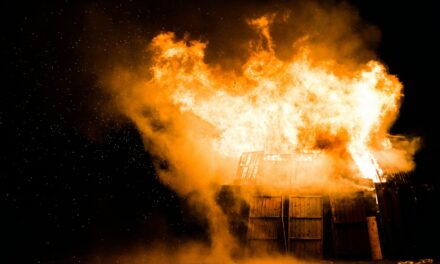Acts 3:1–10: “The Lame Shall Leap”
Introduction
Now that King Jesus has poured out his Holy Spirit from heaven, and now that the Holy Spirit has drawn in the firstfruits of his global harvest, the church begins her march forward through history. While Luke offered an overview summary statement of the activities of the church in the previous section (Acts 2:42–47), he now begins to narrate individual stories from the history of the church. As in the Gospels, we begin with miraculous signs and wonders that authenticate the message preached by those performing those miracles. Unlike the Gospels, though, the wonder-workers are not the source of the power they wield. Instead, what we see in the miracles in the Book of Acts are the continuing works of Jesus through is apostles (Acts 1:1). Here, we see that Jesus our High Priest removes all barriers that keep us from God.
Discussion Questions
1. Read Luke 5:17-26. How many parallels can you find between that story and this one? Why is it so important to see that the apostles are continuing the same works that Jesus had done during his earthly ministry (Acts 1:1)? What is the setting (place and time) of this scene (v. 1)? Why is that setting important in this story? Where is this lame man (v. 2)? How does his location help to see a spiritual significance to this story, beyond the fact of the physical healing?
2. How many ways does Luke talk about sight in the interaction between the lame man and the apostles (vv. 3–5)? What significance does this emphasis on sight have? What might account for the differences we see between what this man sees and what Peter and John see? What is significant about Peter’s healing this man “in the name of Jesus Christ of Nazareth” (v. 6)? What is significant about the word “raised…up” (v. 7)?
3. Why is it important that this formerly lame man not only walks, but is “leaping” (v. 8; cf. Isa. 35:6)? How does this detail extend the significance of Jesus’ healing of this man through the apostles? How does this detail extend the physical story of healing into a story that serves as a type of our spiritual healing through faith in Christ? Importantly, what does this man do once he is able to walk (v. 8)? How do the people respond?
4. What barriers keep you from Jesus? Physical barriers that prevent you from coming to worship? Intellectual barriers of doubt? Heart barriers of desire? Willful barriers of stubbornness? How does the High Priesthood of Jesus promise to overturn even the most powerful barriers that we may face? What barriers prevent those around you from Jesus? How might God use you (as he used Peter and John) to remove those barriers to help others come to worship Jesus?




